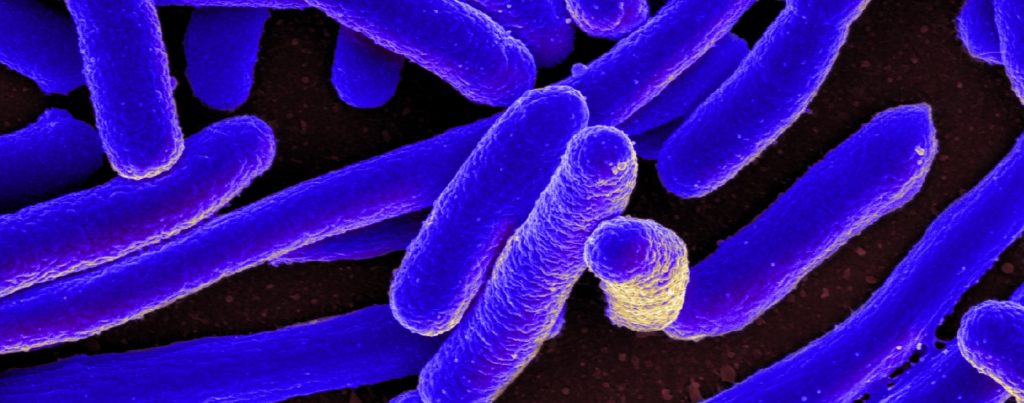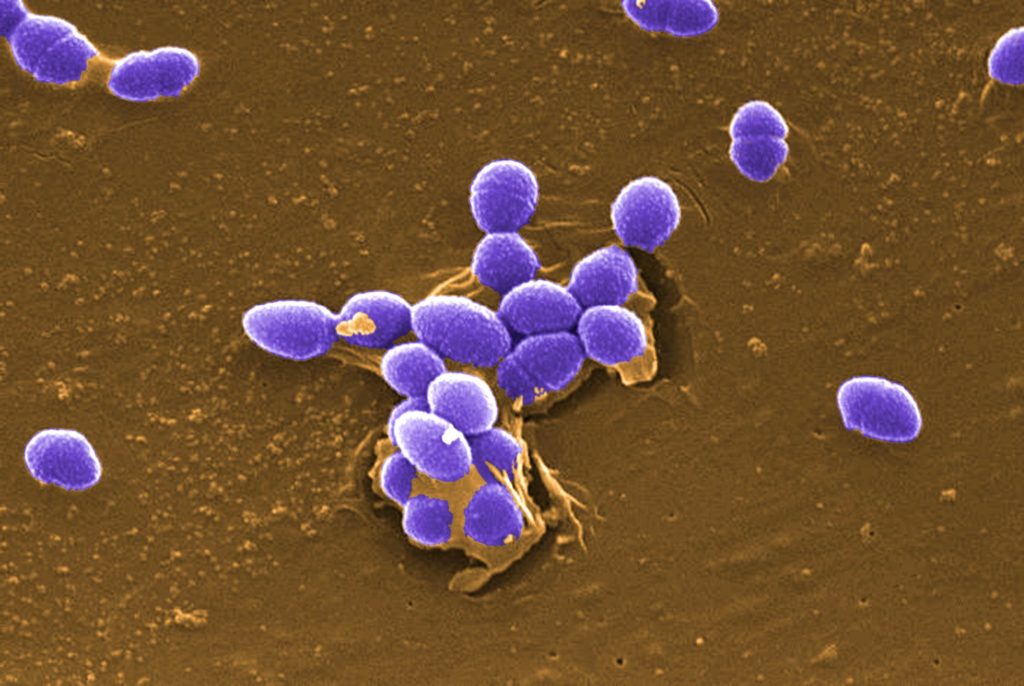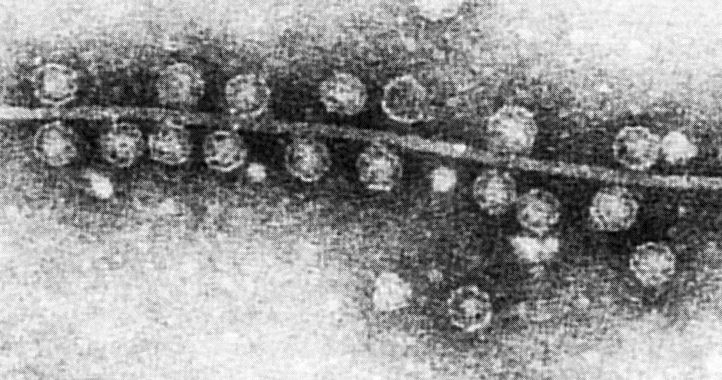Indicator organisms are those that are used to detect and measure fecal contamination.
Escherichia Coli
Indicator organisms like bacteria E. coli has long been used as an indicator of fecal contamination due to its high concentration in the mammalian digestive tract and it’s relative inability to multiply in the environment.

Fecal Coliform (Thermotolerant Coliform)
Fecal coliform is a category of bacteria that includes bacteria commonly found in the mammalian feces as well as certain species that are not (e.g. Klebsiella). Technically speaking, fecal coliforms are those that are facultatively anaerobic, rod-shaped, gram negative, non-sporulating bacteria that are capable of growth in the presence of bile salts or similar surface agents, are oxidase negative, and produce acid and gas from lactose within 48 hours at 44 ± 0.5°C.
Enterococci
Enterococcus is a genus of facultatively anaerobic, spherical, gram-positive non-sporulating bacteria.

MS-2 Coliphage
The MS-2 Coliphage is a virus that infects E. coli bacteria via the bacterium’s sex pilus.

Somatic Coliphage
Somatic coliphages are a broad category of phages that infect E. coli via the cell wall.
When it comes to getting wastewater treatment certifications, quality-controlled sampling and laboratory analysis is paramount. A good R&D program pays close attention to the numbers as well. Learn more about our lab’s sampling and analysis offerings here.
